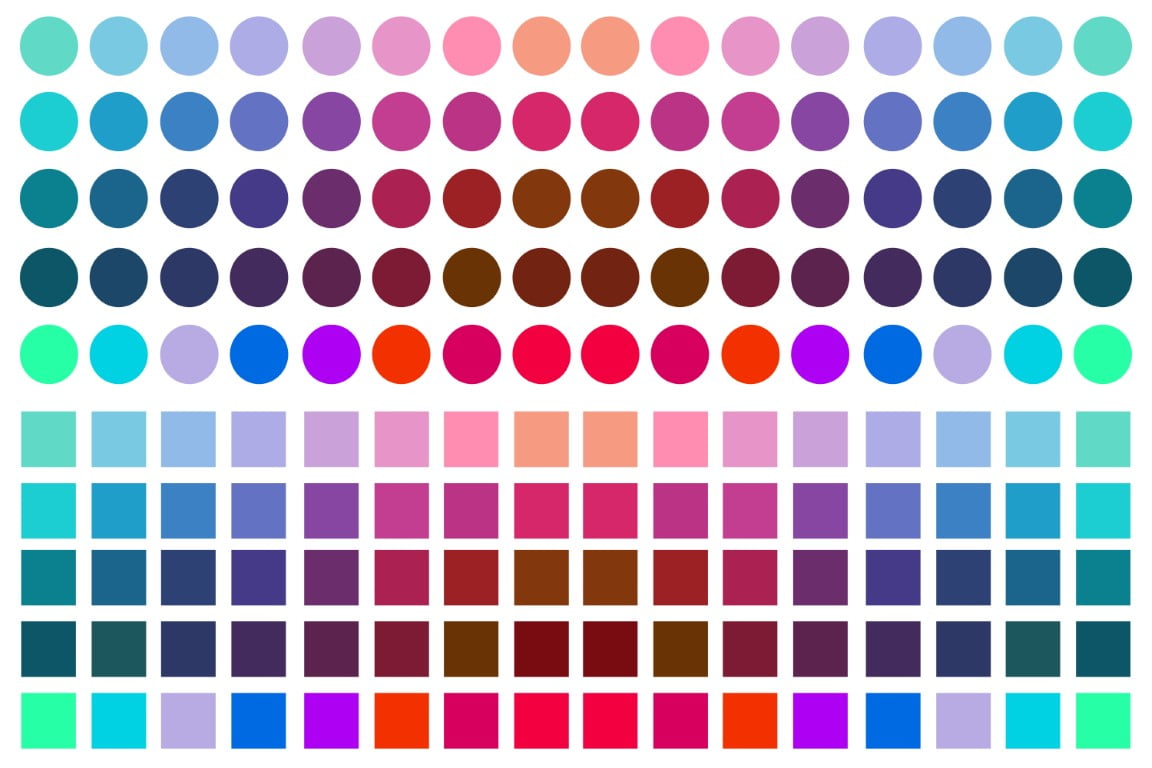Brand Color is an Important Aspect of Perception
An incredible amount of snow was falling down hard and fast, creating a scene of pure beauty. The leaves were red, orange, and yellow, and the sky was a deep blue. It was so serene that it felt like time had stopped. But then I realized that the colors were actually affecting my perception of the scene before me. Color has the ability to affect our perception in many ways, both on an emotional and physical level. And when it comes to your brand, perception is everything. Certain colors can invoke different emotions in people. For example, the color red is often associated with happiness, while blue is often associated with relaxation. By understanding how color affects perception, you can use it to your advantage when creating your brand identity.
Different colors can evoke different emotions in people, which can then affect how they perceive your brand. In fact, color is so important that it can be the difference between someone liking your brand or not. For example, let’s say you have a clothing brand. If you use colors like black and white, people might perceive your brand as being serious or formal. On the other hand, if you use bright colors like pink or yellow, people might perceive your brand as being fun and playful. perception of your brand can even affect whether someone buys from you or not.
I found I could say things with color and shapes that I couldn’t say any other way – things I had no words for.
Georgia O’Keeffe
A study conducted by the University of Florida found that people are more likely to buy from brands that they perceive as being happy. The study found that people associate happiness with colors like yellow, green, and blue. On the other hand, they associate sadness with colors like black and gray. It’s important to keep these associations in mind when choosing colors for your brand. You want to make sure that the colors you choose are in line with the message you’re trying to communicate. For example, if you’re trying to communicate that your brand is trustworthy and reliable, using blue would be a good choice. On the other hand, if you’re trying to communicate that your brand is fun and playful, using bright colors like pink or yellow would be a better choice.
The 1998 book “The Psychology of Color” by Eva Heller delves into the different effects that colors have on our perception. She found that blue is associated with trustworthiness and reliability, while yellow is associated with happiness and optimism. Red is often seen as a sign of warning or danger, while green is often associated with nature and relaxation.
So how do you choose the right brand color?
The best way to do it is to experiment and see what works best for your brand. Try out different color schemes and see how people react to them. Pay attention to the emotions that your colors evoke in people. And most importantly, don’t be afraid to experiment! There are also apps available that can help you choose the right colors for your brand.
A lot of designers and owners we meet create a color based on gut feeling. Many times it’s great, but what if your perception and first thought about the color are not the same as others? Color has a profound effect on mood, which in turn reflects how we think, feel and behave. It’s important to be aware of these different effects colors have so that you can make more informed decisions when choosing colors for your brand.
Top 5 Color Palette Softwares
- Paletton
- Adobe Color Wheel
- Coolors
- Colorspire
- Colormind
These solutions are designed to give you a wide variety of color options to choose from. They also allow you to experiment with different color schemes and see how they affect perception. A huge key in experimenting is to also consider the context of your colors. Colors can look very different depending on the time of day, lighting, and surrounding colors. So it’s important to experiment with different color schemes in different contexts to see how they affect perception.
Common brand color associations and emotions they evoke:
- Red: excitement, energy, passion, anger
- Pink: love, care, nurturing
- Orange: happiness, confidence, enthusiasm
- Yellow: happiness, optimism, energy
- Green: nature, relaxation, peace
Bottom Line
Color is one of the most important aspects of perception and branding. Different colors can evoke different emotions in people, which can then affect how they perceive your brand. It’s important to choose colors that are in line with the message you’re trying to communicate. You can experiment with different color schemes to see what works best for your brand. There are also apps available that can help you choose the right colors for your brand.

